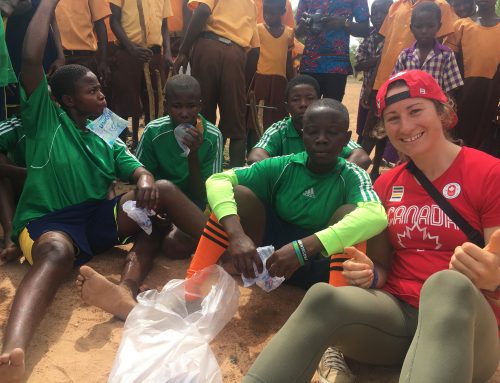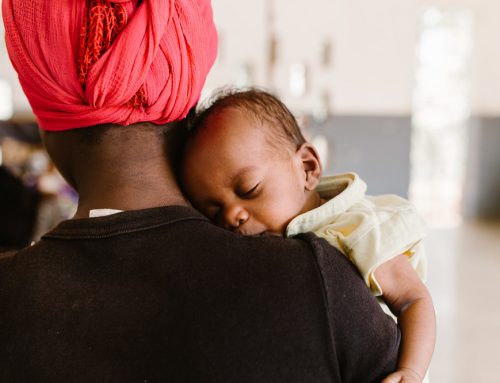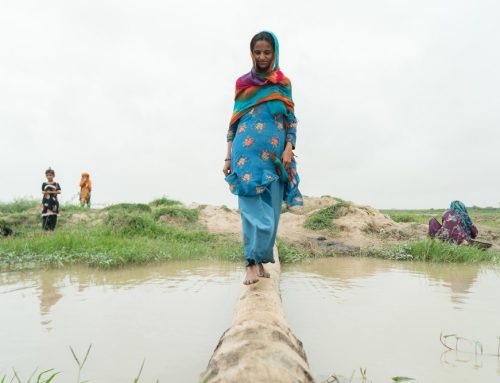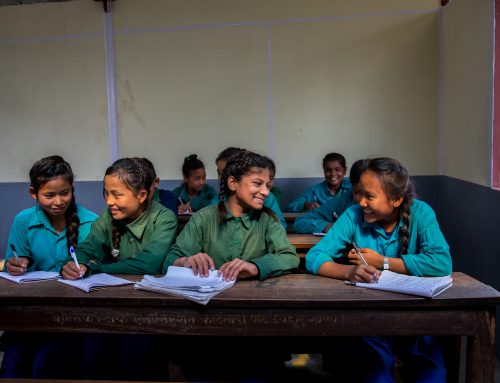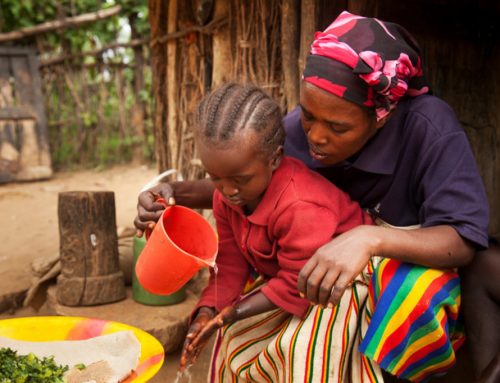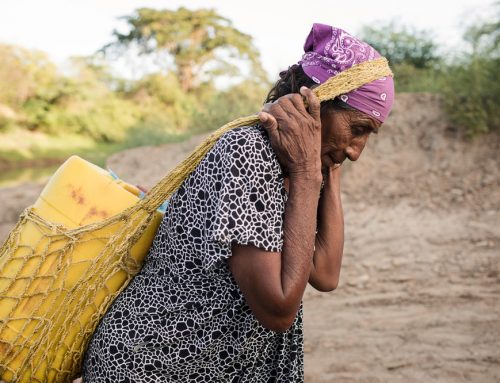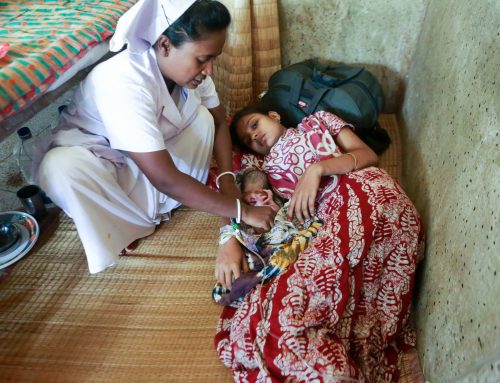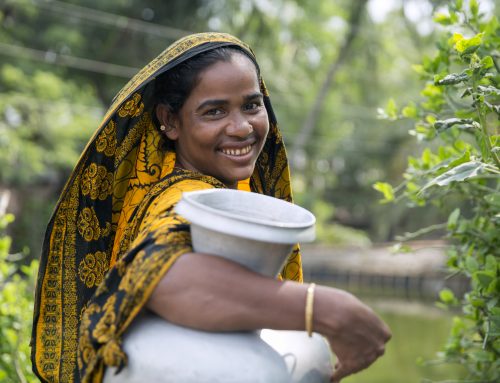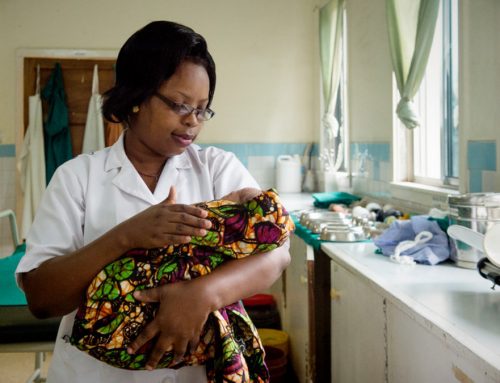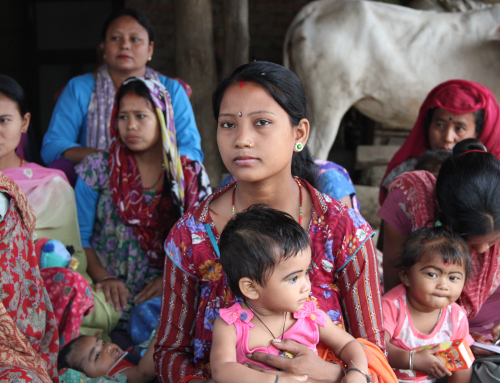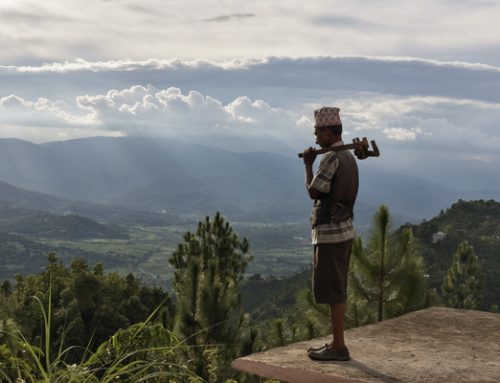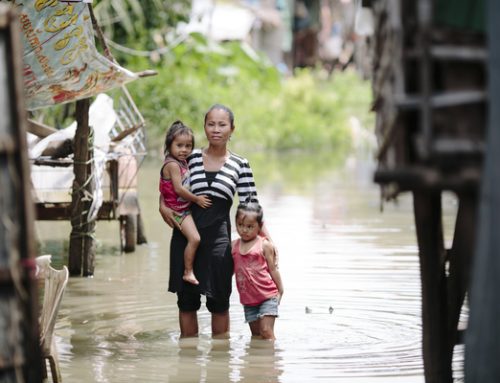From September 16th to the 17th, Canada will host the Fifth Replenishment Conference of the Global Fund to Fight AIDS, Tuberculosis and Malaria and the Global Citizen Concert. During this conference, Canada and the world will come together to accelerate action toward ending three of the world’s most devastating diseases—AIDS, tuberculosis and malaria.
This is an opportunity for Canada to demonstrate leadership on the world stage by championing the human right to water, sanitation and hygiene. Canada can be a force for change in health by stimulating action to improve health systems in developing countries, transforming the lives of the poorest and marginalized, especially women and girls.
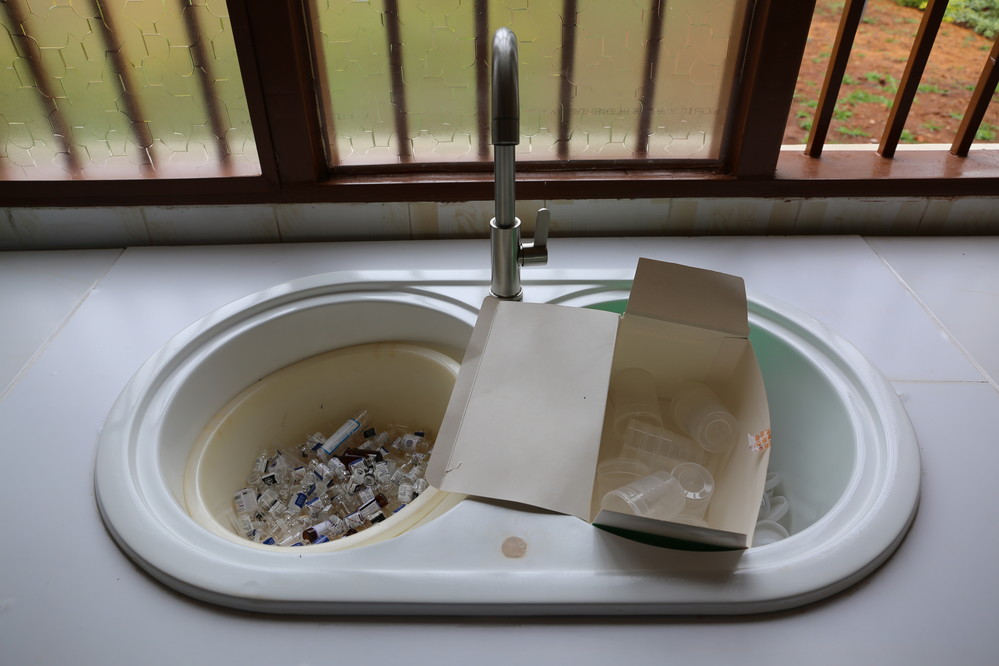
The washing basins in this laboratory serve as temporary trash bins because they do not have water. Photo credit: WaterAid/Behailu Shiferaw
WaterAid Canada is calling on Canada to ensure that water, sanitation and hygiene (WASH) are part of this conversation. A lack of safe water and sanitation in health care facilities in developing countries has a devastating impact. Diseases spread fast in places where people are unable to keep themselves and their surroundings clean.
The World Health Organization/UNICEF report Water, sanitation and hygiene in health care facilities: status in low and middle income countries and way forward revealed that 38% of hospitals and clinics in 54 low- and middle-income countries do not have access to any water source. The availability of safe water was lowest in the African Region, with 42% of all health care facilities lacking an improved water source on-site or nearby.
People who are already sick, particularly those suffering from long-term debilitating illnesses such as HIV/AIDS, have greater water and sanitation needs than healthy people. They are at increased risk of infections, including tuberculosis (TB), and infections that cause diarrhea.
For countries like Canada, the numbers can be surprising.
- Diarrheal diseases cause 1 in 9 child deaths worldwide. For children with HIV, incidence of diarrhea holds an 11 times higher death rate. (CDC, 2015).
- Among newborns, sepsis and other severe infections are major killers estimated to cause 430,000 deaths annually. The risks associated with sepsis are 34 times greater in low resource settings.
- Globally, 1 in 4 children under age 5 have stunted growth. WHO estimates that 50% of malnutrition is linked to unsafe water, poor sanitation and unhygienic environments.
The picture is clear: water, sanitation and hygiene are essential to improving health outcomes and making progress toward ending these devastating disease. By providing WASH in health care facilities, we can prevent infections and the spread of disease, protect staff and patients, and uphold the dignity of vulnerable populations including pregnant women and the disabled.
